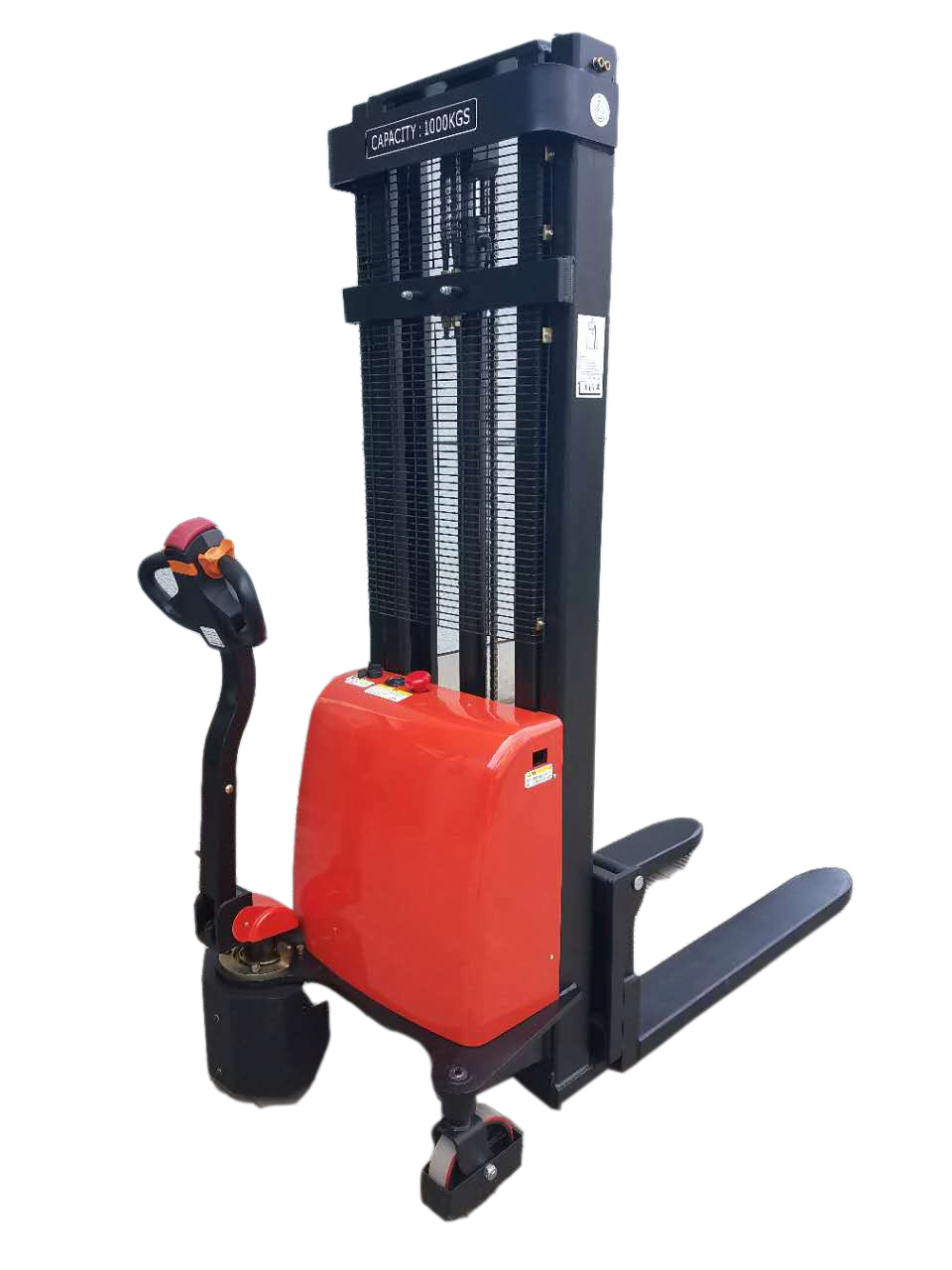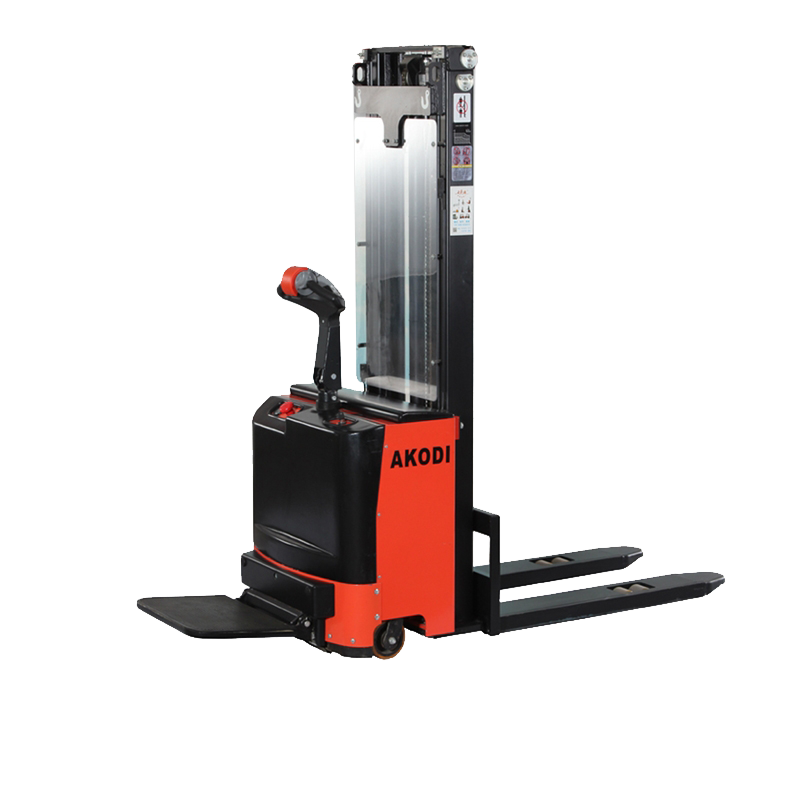In recent years, the problems of regional air pollution such as acid rain, haze and photochemical smog have become increasingly prominent in some areas of our country. Volatile organic compounds (VOCs) are important precursors for the formation of atmospheric ozone and fine particles. To solve the problem of air pollution in such areas, During the "12th Five-Year Plan" period, China will focus on intensifying the emission control on VOCs and carrying out regional joint prevention and control of air pollution in such key areas as Beijing, Tianjin, the Yangtze River Delta and the Pearl River Delta. This is a measure of regional, Pollutants, dangerous air pollutants important measures for the implementation of control. In order to meet the needs of environmental management under the new situation, it is necessary to formulate emission standards for controlling VOCs.
Air pollutant discharge standards are based on environmental quality standards, pollution control technology, economic conditions, the harmful substances discharged into the environment and the hazards of various factors made by the restrictions on the source of air pollution control standards Directly affect the realization of the goal of atmospheric environment quality in our country. VOCs are the second most widely distributed and wide range of atmospheric pollutants besides particulate matter. Establishing emission standards for VOCs is a systematic project that involves both health and environmental risks as well as economic and technological feasibility. It is necessary to study and solve one Series of key technical issues, including the hospital pollution factor how to choose? How to determine the control index? The basis for determining the value is based on technology or human health? And so on. Properly handling these issues can make the standards scientific and rational.
1 control factor
The following factors (but not limited to) are selected from among the pollution factors to determine the standard control factors: (1) pollutant emissions; (2) degree of pollutant hazards; (3) maturity and economic acceptability of pollution control technologies; (4) sampling of pollutants , Analysis of the matching method. Among the four factors, the degree of hazard of pollutants is the most important factor, because pollutants with great harm need to be controlled even if the emissions are not large. VOCs are different from other pollutants, the harm caused by it is mainly manifested in three aspects: â‘ part of the toxicity and carcinogenicity; â‘¡ reaction with photochemical smog; â‘¢ involved in the formation of secondary aerosol in the atmosphere. The following description of the hazards of VOCs.
1.1 consider toxicity
Some VOCs are toxic and carcinogenic and endanger human health and belong to harmful air pollutants (HAPs). The United States Clean Air Act Amendments, published in 1990, list 189 types of hazardous air pollutants (later deleted, currently 187), accounting for more than 70% of VOCs. The US EPA implemented a strategy to reduce toxic air pollutants in the cities and screened 33 types of pollutants at higher risk to public health in urban areas, of which 19 were VOCs. Taiwan in China based on various HAPs on human health and environmental quality of hazardous size, and consider a variety of HAPs carcinogenic potential, the amount of operation, the size of bioconcentration, and the degree of acute toxicity and other factors, selected 30 kinds of recommended priority Of which 21 are VOCs, 4 heavy metals, 3 acid gases and 2 other pollutants.In addition, most of the harmful substances listed in "Occupational Exposure Limit Chemical Hazardous Factors of Industrial Hazards in China" Also VOCs.
The main health effects of VOCs lie in the fact that exposure to low concentrations over a long period of time will increase the risk of cancer in humans. According to the data of human epidemiology and animal experimental research, the UN International Agency for Research on Cancer classifies harmful substances into 1: carcinogenic evidence is sufficient; 2A: may cause cancer in humans; 2B: carcinogenic to humans suspicious: 3: existing evidence can not Classification of human carcinogenicity; 4: may be non-carcinogenic to humans.
1.2 Consider photochemical reactivity
Most VOCs are highly photochemically reactive and are exposed to UV light in the sun. These VOCs react with other chemical components of the atmosphere, such as NO, to form high concentrations of ozone and other peroxides such as PANs. Ozone is a strong oxidizer and Stimulation and destruction of deep respiratory tract mucosa and tissue, the eyes are slightly irritating. According to experimental studies, the ozone olfactory threshold of 0.02mg.m-3, 0.2 ~ 0.94mg.m-3 when the nasal and laryngeal mucosa irritation, 0.6 ~ 1.0mg.m-3 when the eye irritation, 1.0mg .m-3 caused by reduced lung capacity, 1.88 ~ 18.8mg.m-3 may be cough, chest pain, vomiting and other symptoms, 20mg.m-3 cause emphysema. Photochemical reactivity of VOCs can generate potential through photochemical ozone.
Maximum incremental reactivity and equivalent propylene concentration to evaluate, the study POCP as the evaluation parameters.
In summary, VOCs identified as Class I or Class 2A substances, or VOCs with preferential control in other countries or regions in IARC, or substances with POCP greater than 8.5 are selected as the screening criteria for VOCs priority control.
When selecting a pollution factor, the control list is classified as a IARC1 substance and should be used as a control factor, regardless of the amount of emissions: Control of other pollutants in the inventory takes into account the emission factors and, if the emissions are large, the control factor.
2 control indicators
Control index selection should consider the following factors but not limited to:
â‘ process characteristics: â‘¡ indicators: â‘¢ monitoring implementation is simple and easy.
Considering the characteristics of VOCs process, according to the emission form, it can be divided into two major categories of fixed pipeline emissions and fugitive emissions. Fixed pipe emissions refer to the organized discharge of contaminants through exhaust chimneys (chimneys). Fugitive emissions refer to the unorganized emissions of pollutants that do not pass through a process vessel in a process operation, including leakage of equipment and pipeline components, storage and transportation of volatile organic liquids, and discharge of wastewater collection, treatment and storage facilities.
2.1 Organizational emission control indicators
Organized emission control indicators to consider the emission concentration, purification efficiency, gas collection efficiency of the three control indicators.
Emission concentration is the most common control. Emission concentrations can be concentrations of individual substances or concentrations of the individual VOCs, such as non-methane total hydrocarbons and total VOCs.
Purification efficiency refers to the treatment efficiency of pollution control equipment. As the purification efficiency and the initial concentration of exhaust gas, the general and emission concentration as long as one can be met. For example, in the United States of America air pollutant emission standards, emission concentration and purification efficiency indicators are provided, but the relationship between the two is "or": in the "Shanghai bio-pharmaceutical industry pollutant discharge standards" provides that total volatile organic compounds Annual emissions greater than 900kg, processing facilities, the minimum processing efficiency> 85%.
Organic waste gas collection efficiency is the percentage of total waste gas collected by the purification system. The level of collection efficiency determines the amount of exhaust trapped, ie, the higher the collection efficiency, the less the amount of unorganized emissions. At present, VOCs exhaust gas should be collected as much as possible and the unconformity should be changed into controlled discharge.
The above control index alone or in combination should be determined according to the actual situation.
2.2 Unorganized emission control indicators
According to the characteristics of emission of VOCs, control of fugitive emissions (leakage of equipment, pipeline components, escape of storage tanks and loading facilities, and evaporation of waste water) is controlled.
Emissions to equipment and pipeline components are controlled by setting the maximum allowable limits for leaks of equipment and pipeline components above which equipment and pipeline components need to be repaired.
The control of the storage and transport of organic liquids is mainly to stipulate the requirements of some equipment performance (such as floating roof tank sealing) and facilities (such as installation of vapor collection system). The response to volatile organic liquids (such as gasoline, gasoline proved to be 80% vaporized in 80 minutes in dry air), and although the volatility is not high, but the formation of a larger ozone potential of organic liquid control, such as two Toluene and so on.
We manufacture Compact Electric Stacker and full electric Stacker for market demands. Our Narrow Aisle Electric Stacker has side-driven design and maintenance free battery. It is a great walk behind forklift. Our straddle electric stacker is our client`s favorite. This ride-on electric stacker has AC brushless motor which provides more power and less maintenance required. Akodi also supplies best value counterbalance electric forklift.
Economical electric stacker:
- High-power, high-performance lift motor: powerful cargo lifting, cost-effective
- DC motor drive system: smaller size, high efficiency
- Side-driven design: smaller turning radius, suitable for operation in confined space
- Operation handle: ergonomics, comfortable operation, increased work efficiency
- Maintenance free battery and internal charger: easy for maintenance, easy to charge
- Optional: Adjustable baseleg

|
Measurement/ Model |
CL-10 |
|
|
Capacity (Q) |
kg |
1000 |
|
Load Center (C ) |
mm |
500 |
|
Max lift height (h) |
mm |
2000/2500/3000 |
|
Overall extended height |
mm |
2415/2915/3415 |
|
Overall collapsed height |
mm |
1580/1830/2080 |
|
Overall fork width (b2) |
mm |
540/680 |
|
Fork size (L*W*T) |
mm |
1150 (1220)*160*55 |
|
Min height (h1) |
mm |
90 |
|
Overall width (b1) |
mm |
820 |
|
Overall length (L) |
mm |
1950 (2020) |
|
Turning radius (Wr) |
mm |
1360 |
|
Max travel speed, full load/no load |
Km/h |
3/4.5 |
|
Max lift speed, full load/ no load |
mm/s |
80/100 |
|
Max lowering speed, full load/no load |
mm/s |
90/120 |
|
Max Gradient performance, full load/ no load |
% |
5/7 |
|
Rear drive wheel |
mm |
PU φ210*70 |
|
Front wheel |
mm |
PA/PU φ80*70 |
|
Balance wheel |
mm |
PA/PU φ180*50 |
|
Driving motor |
Kw |
DC0.75 |
|
Lift motor |
Kw |
DC1.5 |
|
Battery capacity |
V/A |
12V*2/60Ah |
|
Weight |
Kg |
440/490/535 |
|
Battery weight |
Kg |
45 |
Full electric stacker:
- Curtis control system and brushless AC drive motor: powerful, improved work efficiency, and reliability
- Forklift mast wheel, sprocket, chain, and bearings: increased work efficiency, eliminating costly repair
- Operation handle: ergonomics, comfortable operation, increased work efficiency, break override feature
- High quality protective glass: exceptional visibility, ensures operator`s safety
- Electronic steering: experiences less fatigue, more accurate control
- Optional: mechanical steering, adjustable baseleg, shock-absorbing platform

|
Measurement/ Model |
CL-10 |
CL-12 |
CL-15 |
|
|
Capacity (Q) |
kg |
1000 |
1200 |
1500 |
|
Max height (h) |
mm |
1600/2600/3200/3600 |
1600/2600/3200/3600 |
1600/2600/3200/3600 |
|
Overall fork width (b2) |
mm |
570/690 |
570/690 |
570/690 |
|
Fork size |
mm |
1150 |
1150 |
1150 |
|
Min height (h1) |
mm |
86 |
86 |
86 |
|
Overall height (h4) |
mm |
2000/1800/2100/2350 |
2000/1800/2100/2350 |
2000/1800/2100/2350 |
|
Overall width (b1) |
mm |
805 |
805 |
805 |
|
Overall length (L) |
mm |
1865 |
1865 |
1865 |
|
Turning radius (wr) |
mm |
1436 |
1436 |
1436 |
|
Load center (C ) |
mm |
600 |
600 |
600 |
|
Battery capacity |
V/A |
210Ah/24V |
210Ah/24V |
210Ah/24V |
|
Charger |
|
24V/30A |
24V/30A |
24V/30A |
|
Weight |
Kg |
817-927 |
827-937 |
827-937 |
|
Battery weight |
Kg |
175 |
175 |
175 |
Electric Stacker
Compact Electric Stacker,Full Electric Stacker,Narrow Aisle Electric Stacker,Walk Behind Forklift
Akodi Intelligent Robot Technology Co., LTD , https://www.akodiforklift.com